Mastering the free response section can make or break any student’s AP® US Government and Politics score. If you’re looking for the best tips and tricks for answering AP® US GoPo free response questions, you’ve come to the right place.
In this article, we’ll review tips for writing top-mark AP® US Government and Politics FRQs, mistakes that students make one too many times on past AP® GoPo exams, and how to use past AP® free response questions to start practicing for your upcoming exam.
Keep reading to get everything you need to know when it comes to making the most of your AP® US Government and Politics exam review.
What We Review
5 Steps on How to Write Effective AP® US Government and Politics Free Responses
Here, we’ll review a five-step strategy for you to start writing AP® US GoPo free response answers that will score you maximum possible points.
1. Commit to learning what gets you points on the AP® US Government and Politics exam by reviewing past rubrics and scoring guidelines.
A common mistake students make when it comes to preparing for their AP® GoPo exam is failing to understand how they’re being graded. The first step to solving this is going to the College Board’s AP® Central website and navigating to the past released exams for US Government.
Here is the link for AP® US Government and Politics past released exams
Open up the scoring guidelines PDF. These guidelines outline how points were distributed on that particular year’s exams.
Here’s a screenshot from the first question of the 2019 released exam:
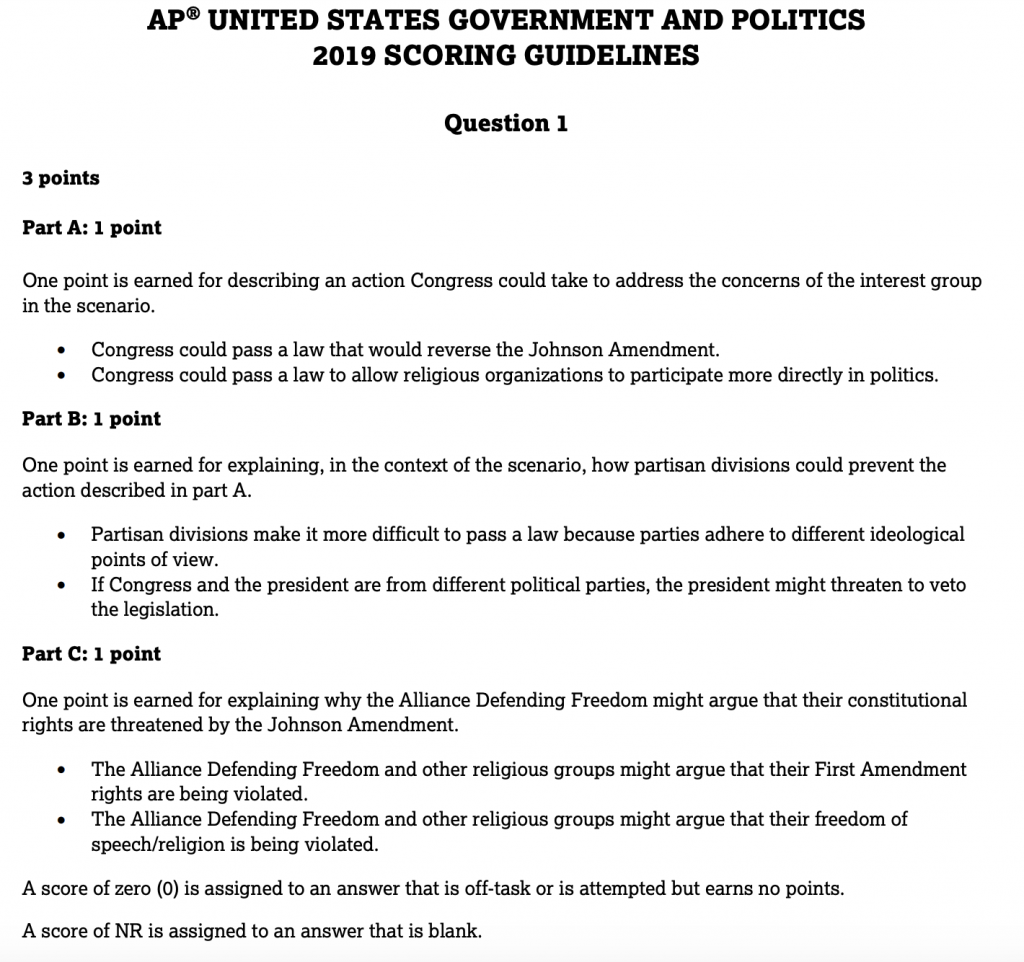
From this, you can see that this short answer question in 2019 was worth three points, with one point being allocated to each part. There are certain directive words to keep an eye on when reviewing AP® US Government and Politics free response questions, but we’ll get into that later.
For now, just make sure you review at least two years worth of released exam scoring guidelines so you begin to understand how questions and parts of questions are weighted.
2. Underline or circle every bolded and capitalized word in the question prompt.
Alright, so now that we know how points are generally distributed, we need to build the habit of having a system for ensuring we actually answer the question asked by the College Board when we start our AP® US Government and Politics free response section.
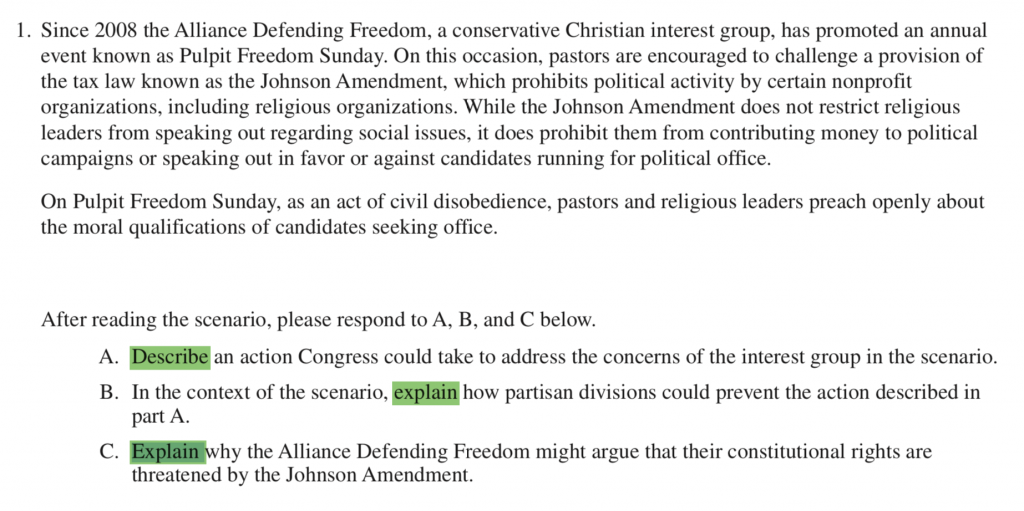
AP® US Government and Politics isn’t as “nice” as AP® Biology free response questions in that they don’t always bold key directive words for you to know what is being asked.
That being said, it’s not hard to circle or underline for yourself the key thing you are being asked to answer.
There are three “key phrases” to commit to memory when it comes to AP® US Government and Politics free response questions:
- Describe
- Explain
- Identify
That’s it. If you look at the last few years worth of released exam questions, these are the most commonly used directive words for the short answer question section of the AP® US Government and Politics free response section.
If you aren’t sure what the three of these words are asking you for, keep reading.
When the exam asks you to describe something, you need to tell them about what they’re asking. This doesn’t mean you need to explain the “why” — it just means you need to talk about what the topic is and the characteristics of the topic being asked.
When you’re asked to explain something, this is where you need to show the “why”. You need to be able to give 3-5 sentences with an example in most cases to earn credit for these questions.
Finally, when asked to identify something, you need to simply indicate that you know what the topic is related to — no need for explanation or elaboration as you might when asked to describe or explain.
One of our best test taking tips we can give you is to make a tick mark or star next to the words you have circled or underlined after you’ve answered it in your free response. This serves as a visual checklist for you to make sure you answered all parts of the question.
Trust us! It’s easy to forget to answer one small part of an FRQ, and that can make all the difference in your free response score.
Aside from the three directive words above, other commonly used ones for AP® GoPo include:
- Define: Similar to identify — show that you know what the topic is but there is no need to elaborate further than what’s asked.
- Compare: Provide a description of the similarities and/or differences of the topics presented.
- Develop an Argument: State a claim and support it with evidence.
- Draw a Conclusion: Make an accurate statement from what has been presented.
3. Plan your response BEFORE beginning to write your response.

One of the most commonly cited mistakes students make on the AP® GoPo free response section is not actually answering the question in a thoughtful way.
The College Board uses the free response section to test your ability to connect the dots with what you’ve learned in class. You need to demonstrate skills such as considering evidence to incorporate and how that fits into your analysis.
This means plan out your response before you begin writing!
Take a second before putting your pen down to start writing to think through how you’ll answer the “why” based questions.
Think deeply about what the question is actually asking you — sometimes students answer questions without actually…answering the question.
Readers often express that student misconceptions come from having a poorly planned response or simply restating the question without adding any direct response to the question they were asked.
4. Remember that AP® US Government and Politics free responses are not like other subjects — treat them differently than you may in AP® English Language.

When it comes to the short answer questions in AP® GoPo, you do not need to write an essay to score max points. There is no need for an introduction, thesis, or conclusion on these questions.
When it comes to the argumentative essay, it’s not necessarily a cookie-cutter five paragraph essay either.
The argumentative essay’s scoring depends on each proceeding section building on the prior. On every question 4, the College Board states exactly what you need to score maximum possible points.
You need:
- To articulate a defensible claim or thesis that responds to the prompt and establishes a line of reasoning.
- Support your claim with a certain number of accurate and relevant evidence
- Typically one will be from a foundational document while the other will be any other foundational document you learned in class
- Use reasoning to explain why your evidence supports your claim or thesis
- Respond to an opposing or alternative perspective using refutation, concession, or rebuttal.
What this means is that as long as you cover all the points outlined above clearly, you can score a perfect score on the argumentative essay!
When it comes to preparing for the argumentative essay, one of the best things you can do is make sure you are fully comfortable with all 9 foundational documents and 15 Supreme Court cases.
The required foundational documents to know are:
- The Declaration of Independence
- The Articles of Confederation
- The Constitution of the United States
- Federalist No. 10
- Brutus No. 1
- Federalist No. 51
- Federalist No. 70
- Federalist No. 78
- Letters from a Birmingham Jail
Kelsey Falkowski has a nice 15-minute review video of these foundational documents here.
The required Supreme Court cases are:
- Marbury v. Madison (1803)
- McCulloch v. Maryland (1819)
- Schenck v. United States (1919)
- Brown v. Board of Education of Topeka (1954)
- Baker v. Carr (1961)
- Engel v. Vitale (1962)
- Gideon v. Wainwright (1963)
- Tinker v. Des Moines Independent Community School District (1969)
- New York Times Company v. United States (1971)
- Wisconsin v. Yoder (1972)
- Roe v. Wade (1973)
- Shaw v. Reno (1993)
- United States v. Lopez (1995)
- McDonald v. Chicago (2010)
- Citizens United v. Federal Election Commission (2010)
Adam Norris has a great 11-minute review video on these fifteen cases here.
Typically when it comes to the final component, we like using rebuttals more than concessions or refutations. The reason why is because when you make a concession or refutation on a claim you made earlier in your essay, it can potentially come across as a weakening of your thesis if you are not able to position it properly.
The last thing to remember here is to make sure you “close the loop”. This is a test taking strategy the College Board promotes across multiple disciplines and with good reason — it challenges a student to demonstrate they can form a coherent argument. Closing the loop in AP® US Government can mean using words like “because” or “therefore” to help bridge two concepts together and solve for the “why” this matters.
5. Practice, practice, and did we say practice?
When you reduce AP® free response sections down to their core, regardless of subject domain, mastering them comes down to two things: knowing how you’re going to be graded, and learning how to craft responses that fit those rubrics.
Sometimes students do the first part well but fail to practice enough at doing the second part, and vice versa.
When you first start out, we recommend trying a set of past released questions and then having a friend grade your responses with the scoring guidelines. See how you would do without any intentional prep. Then, learn from your mistakes, log your mistakes in a study journal, and begin intentionally tackling other years one by one.
After a few times of doing this, you’ll begin building your intuition to craft a perfect-score response for your AP® US Government and Politics free responses.
25 AP® US Government and Politics FRQ Tips to Scoring a 4 or 5
Now that we’ve gone over the 5-step process to writing good AP® GoPo free responses, we can shift gears to tackle some test taking tips and tricks to maximizing your FRQ scores.
We recommend you review these several weeks, and then days before your exam to keep them top of mind.
- Know which SAQ you’re weakest at. There are always three core question types: concept application, quantitative analysis, and SCOTUS comparison. If you’re weak at one, make sure you’ve reviewed all the past released exams for that particular SAQ.
- Make sure you review how issues or ideology can drive partnership on specific issues.
- Focus on applying the political concepts and processes you learned in class to scenarios in context. This is one of the most common mistakes for the SAQs.
- One of the easiest ways to bridge two concepts is to use words like “because” or “therefore” and then proceed to answer the “why this matters”.
- Focus on what is right instead of what is wrong in your response. These free response questions are often graded based on what’s right more so than what’s wrong (which is different from another subject like AP® Biology).
- If you’re not 100% sure about a supporting statement, add a second supporting statement on the topic as backup.
- If you’re offering specificity, make sure to be explicit on what the intent of you introducing that in your response is. For example, if something is being presented to rebuttal something else, explain why or how it does so.
- When it comes to data analysis, you need to make sure you are comfortable interpreting data and applying data to demonstrate how it interacts with the political process.
- In the past, students have not been able to analyze and apply data to course content — they make mistakes in connecting how policy relates to respective parties in the political process.
- When practicing data analysis, it’s important to look at a variety of different types of graphs and focus on identifying the similarities and differences within a set of complex data.
- Data analysis is not just reading graphs, but also reading charts and tables. Don’t just think because you got one question reading a graph correctly that you’re good to go for your quantitative analysis SAQ.
- One of the easiest ways to bolster your data analysis skills is by reviewing sources such as the Gallup National Polls or Pew Research findings.
- When it comes to SCOTUS comparison, students often fail to effectively compare the two cases — they do a fine job of recalling the required case, but struggle to connect the required case to the non-required case.
- Remember that the SCOTUS comparison SAQ is typically not going to ask you to discuss the rulings of the required case, but rather the facts of the cases and how it applies to the non-required case.
- Keep an eye out for when you’re asked for the clause from an amendment or the Constitution. This means there will only be one right answer.
- Know the difference between reasoning of a case, the decision, opinions of the case, as well as the cold hard facts. Make flashcards or use Quizlet to help here.
- When you’re asked to compare facts, it means you need to review the facts of both cases, not just one. Even if the facts for the non-required case are included in the prompt, you need to include it in your response for points.
- When it comes to the argumentative essay, students typically fail to explain why the evidence they bring up supports their thesis.
- The second area students struggle is in responding to an alternative perspective (refutation, concession, or rebuttal).
- In your thesis, make sure you don’t just restate the prompt. You need to establish a clear line of reasoning. The easiest way to do this is to remember the model: Although X, ABC, therefore Y.
- X is your counterargument or counterpoint
- ABC are your strongest supporting points for your argument.
- And Y is your argument.
- Know your foundational documents cold. Sometimes students mix up these documents. There are four different Federalists to know!
- When looking to get the reasoning point, make sure to explain why the evidence you’re procuring supports your thesis. Don’t just restate your thesis or state the evidence without connecting the two.
- When seeking your perspective point (for refutation, concession, or rebuttal), make sure to state the alternative point of view, but also respond to it. Both of these parts are needed.
- Work with a friend through at least three years of AP® GoPo FRQs. Then swap with each other and go through the scoring guidelines together to get consistent exposure to the rubrics.
- By your last two weeks before the exam, you should have clearly identified your 3-5 biggest weaknesses when it comes to FRQs. Devote at least 70% of your time to these areas and the remaining time on general review.
Wrapping Things Up: How to Write AP® US Government and Politics FRQs
Wow! We’ve gone over a ton of things in this AP® US Government and Politics review guide. At this point, you should have everything you need to get started in preparing for your GoPo FRQs.
To summarize, here are a few things to remember:
- Great AP® US Government and Politics free response scores are only made when you know how you’re being graded. Learn the rubrics.
- Have a consistent system for responding to each question. We recommend circling or underlining what you’re being asked, and then adding a tick or star next to the word in the prompt when you’ve answered it.
- Know the facts of your foundational documents and required Supreme Court cases cold. Students have missed points in the past by mixing up one with another.
- Practice working with multiple types of data for the quantitative analysis SAQ: this means reviewing charts, graphs, and tables. Focus on being able to interpret the data presented to political concepts or processes.
- Review commonly tested AP® US Government and Politics topics. Review the curriculum and exam description to see the percentage breakdown of different units. Unit 2 on Interactions Among Branches of Government is a very important one to know as it makes up 25-36% of the exam.
- Make sure your thesis includes a clear line of reasoning. Remember the model: Although X, ABC, therefore Y.
- Always “close the loop”. Use words such as “because” or “therefore” to bridge two concepts together and solve for the “why” this matters.
We hope you’ve found this exhaustive guide helpful for your AP® US Government and Politics exam review.
If you’re looking for more free response questions or multiple choice questions, check out our website! Albert has hundreds of original standards-aligned practice questions for you with detailed explanations to help you learn by doing.
If you found this post helpful, you may also like our AP® US Government tips here or our AP® US GoPo score calculator here.
We also have an AP® US Government review guide here.

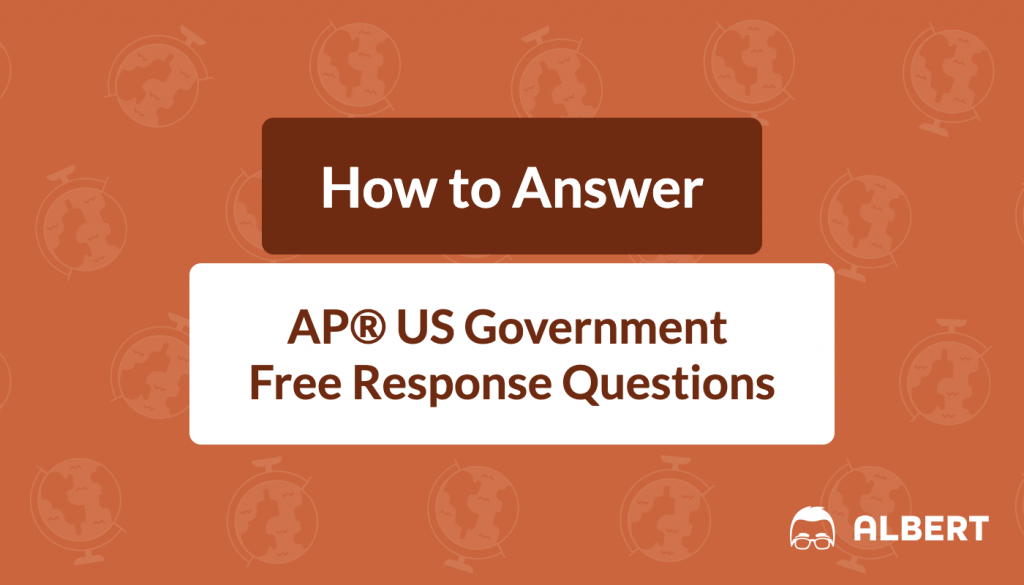
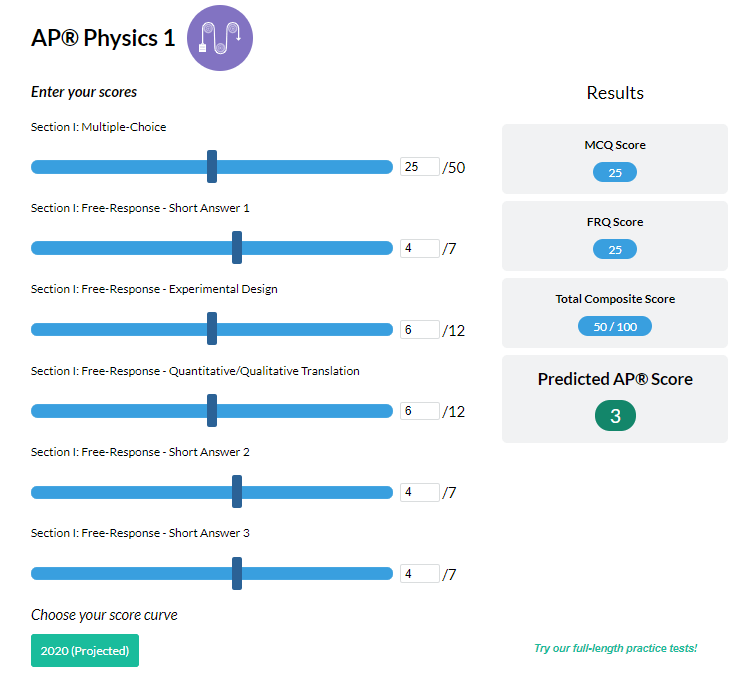
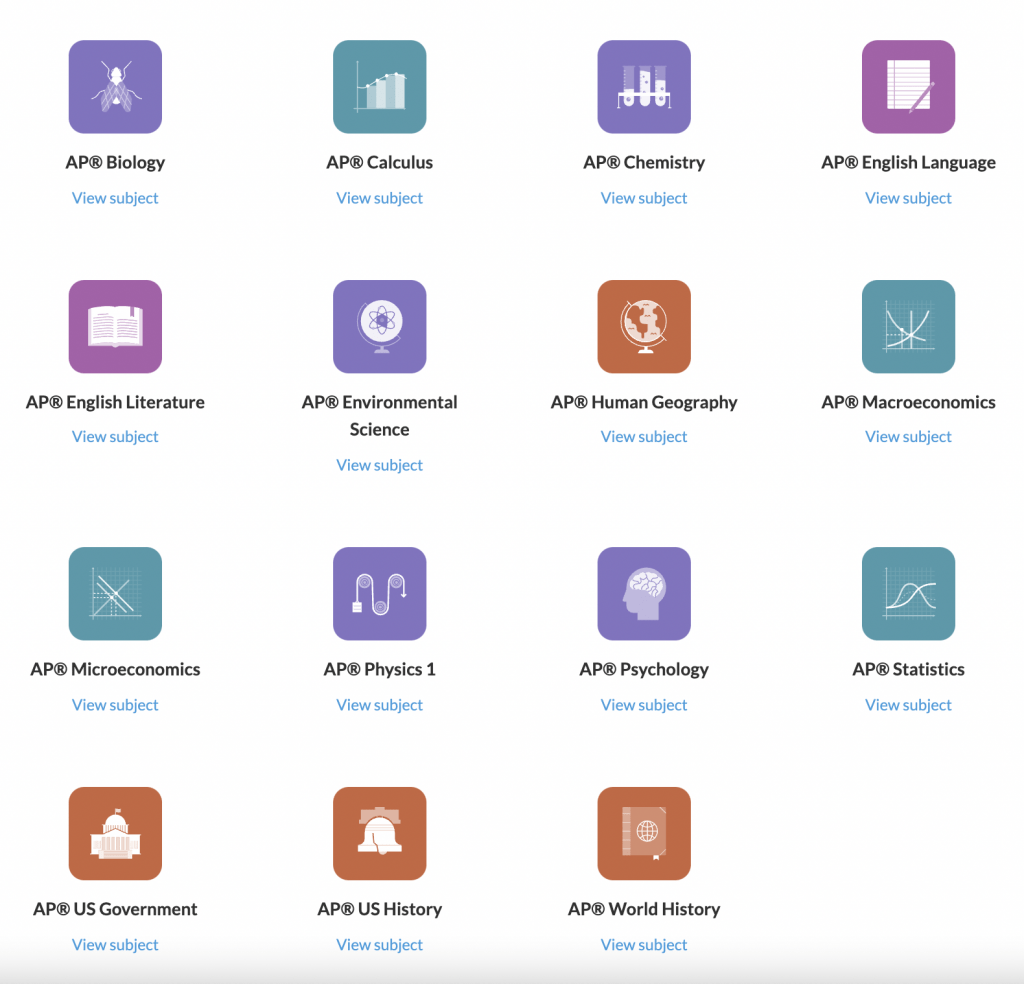
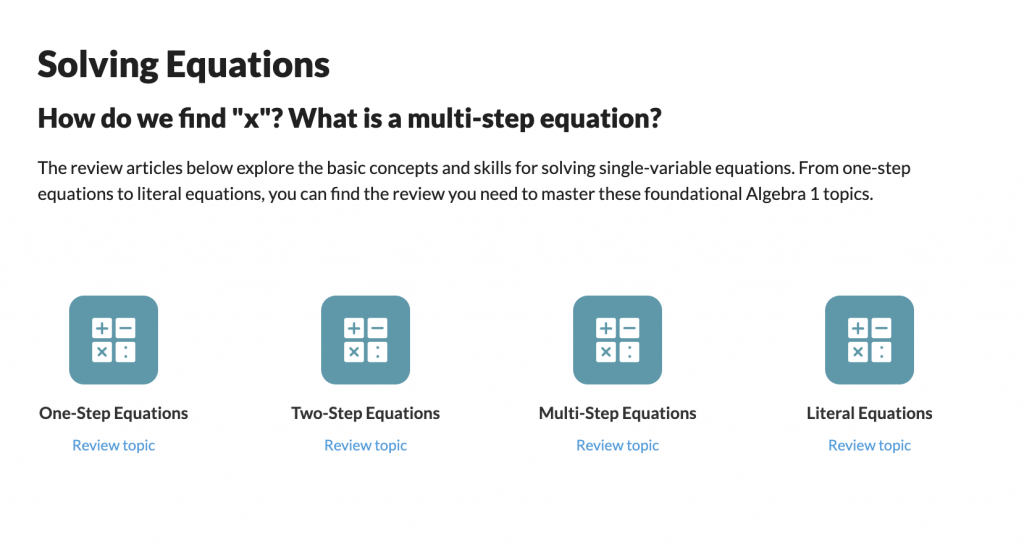
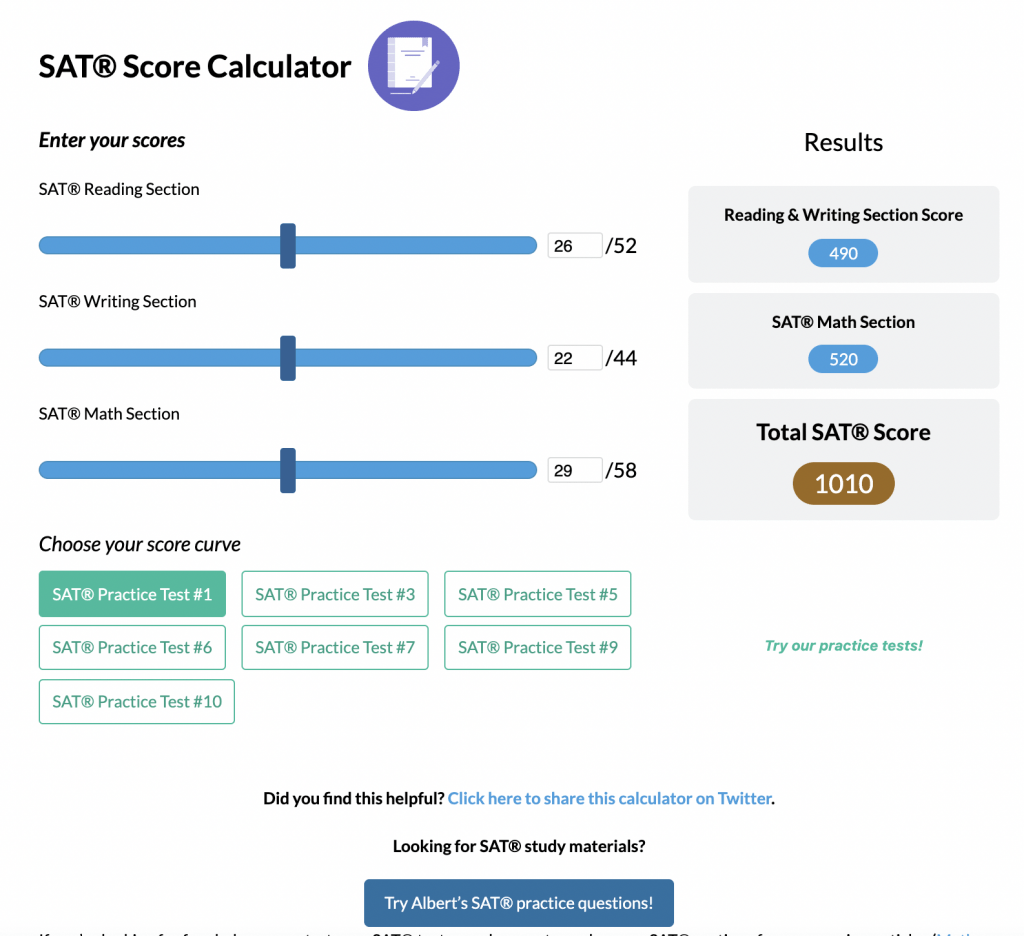
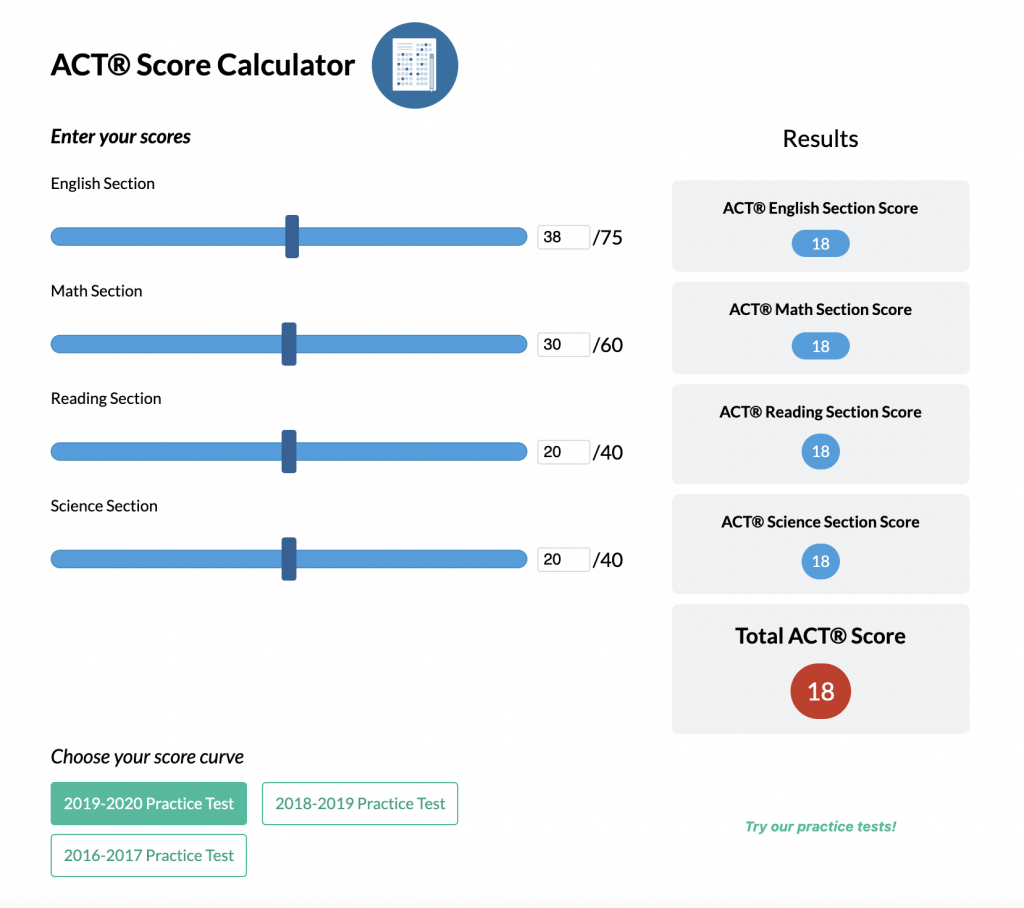
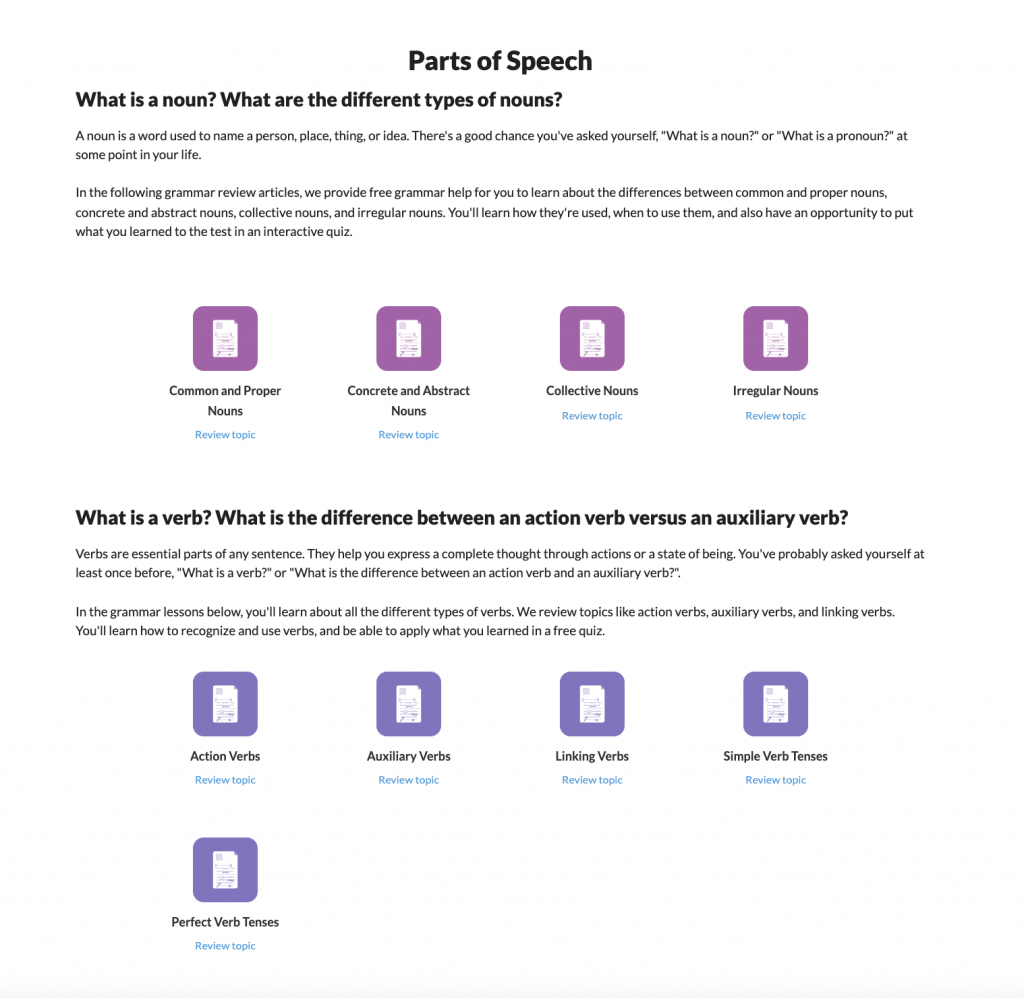
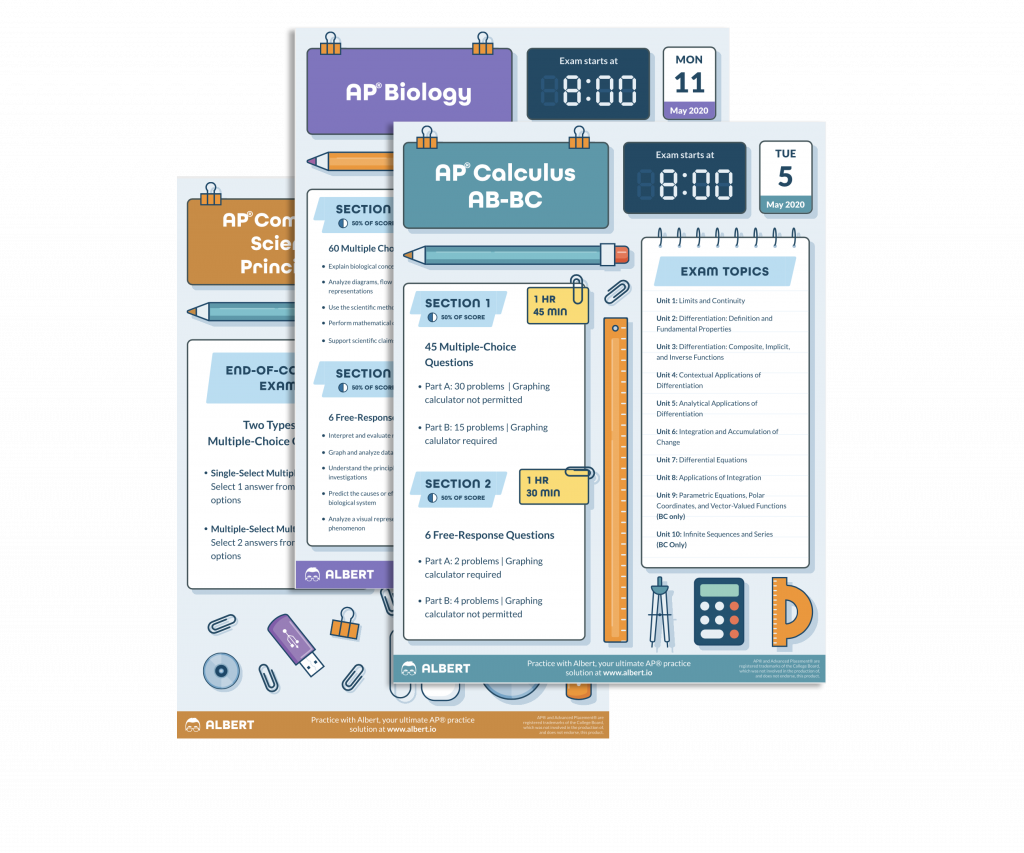
2 thoughts on “How to Answer AP® US Government Free Response Questions”
On the list of required supreme court cases, you guys listed Schneck v United States with the wrong year.
Great catch, Johnny! We’ve updated the list to include the correct date (1919).
Comments are closed.